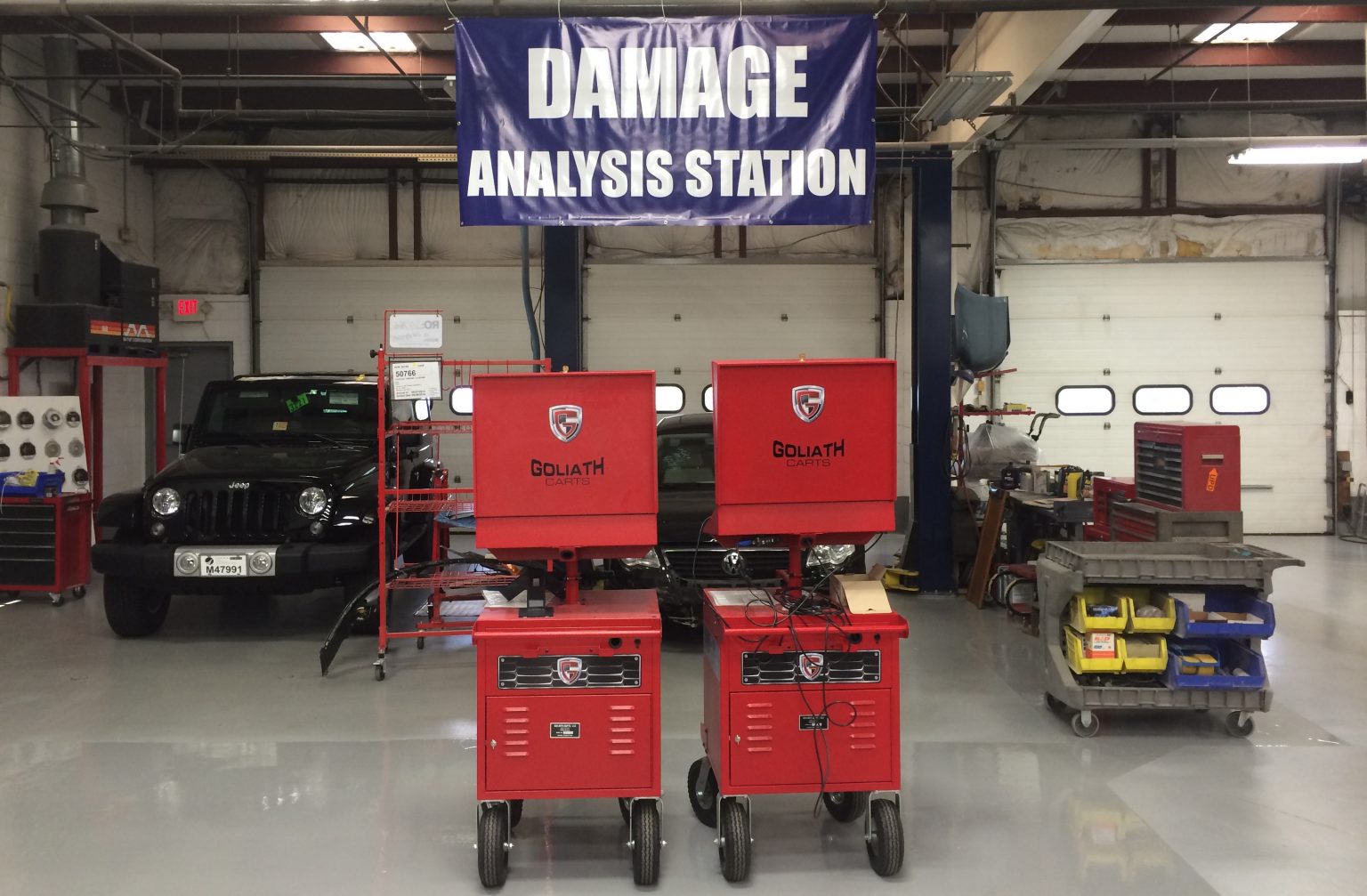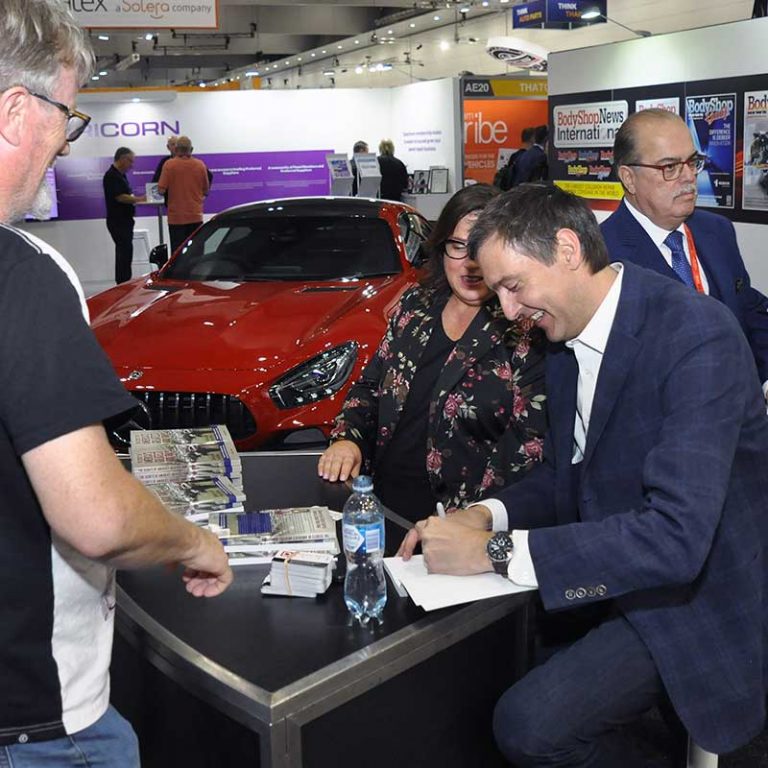There are numerous philosophies in our industry on the subject of pre-ordering parts. I have noticed that in some markets across the country, most everyone pre-orders everything and in other markets, not so much.
So, just to clarify, a pre-order is when a collision repair shop orders the parts for a repair job after they have written an initial estimate with the expectation that they will have the parts they need on-hand before the damaged vehicle is returned for its repair appointment.
The thinking here is that we are attempting to reduce the repair cycle time by having the parts we need on hand to quickly fix the car when it arrives. This thinking makes sense, but only when executed properly.
Some collision repair companies, including some well-known large MSOs, believe that pre-orders are actually a waste of time, and therefore prefer to wait until the vehicle has been thoroughly disassembled and the damage has been properly analyzed prior to ordering anything. I also agree with this philosophy.
So who is right? It depends.
In some parts of the country, primarily in rural areas, many miles away from a parts distribution center, pre-ordering is felt to be a necessity for obvious reasons. But in many markets today, you can have the parts you need within twenty-four hours and in many cases, the same day you order them. This makes a difference in your particular pre-ordering philosophy.
Regardless of your geographical situation, I would still challenge you to take a deeper look at your philosophy to understand why it is that you do what you do and if your philosophy is really helping you move cars through your shop efficiently, profitably, and with reduced chaos.
The sad truth for most shops that pre-order parts is, they are actually wasting a lot of time and resources simply because the estimate they are using to order the parts is inaccurate. When you pre-order parts from an inaccurate repair plan, you are setting yourself up for failure before the car has even arrived! Stop it!
Even worse is that a lot of shops will actually order parts based off an insurance company written estimate without even inspecting the car first. This is total insanity, and yet we do it anyway because we either believe it is normal or because the insurance company convinced us that it is the smart thing to do. The local insurance adjuster says “Here’s the estimate for Mr. Jones’ car, go ahead and schedule them for Monday and get those parts here first!” Sound familiar?
A few of the problems we create by ordering parts from an inaccurate estimate include:
- Interruptions in continuous workflow
- Chaos and stress in the workplace environment
- Return parts and all the extra work is causes
- Strains on vendor relationships
- Poor cycle time
- Unhappy customers
- Unhappy insurance company relations
- Additional expense and lower profits
If you want to measure if your “pre-ordering” program is successful, consider this. With all things being equal when it comes to the use of aftermarket and recycled parts, the best shops in the country operate with a return rate of under 5%. Most shops that are pre-ordering off poorly written repair plans are operating well above 10% percent and I have seen as high as 40%! You can see what yours is simply by viewing a parts report from your computerized management system.
So not only are we guessing what parts we may or may not need during our “curb-written guestimate” we often order “just-in-case parts” thinking we can take these off the estimate later on. What a horrible way to treat our vendors!
So what is the solution? What can you do to improve your cycle time, while still reducing our return parts rate and make everybody happy? You may first have to change your philosophy.
In all the years I have spent in this industry, I spent many of them doing a lot of stuff wrong. One day I was asked to challenge my own beliefs whether pre-ordering was really the right solution, so I put it to the test. I quit pre-ordering parts, and I even quit writing as many estimates, instead favoring scheduling repair appointments instead of estimate appointments.
At several collision repair businesses that I was working with in the early 2000s, we actually improved our cycle time dramatically by refusing to order any parts (with a few exceptions) until we had disassembled the damaged vehicle and created an accurate repair plan. We had most complete parts orders within twenty-four hours and then the repair jobs would “fly” through the shop without all the usual interruptions. Repeatedly, we had managed to improve our keys-to-keys cycle time to a very respectable six to seven days on average without pre-ordering anything except some hard to find parts such as back-orders and some occasional recycled assemblies.
So what about those shops in rural parts of the country where they consider pre-ordering a must? Or how about some of those small jobs where it might make sense to pre-order so you can turn it in one or two days? I have some suggestions, but please give me a moment.
After a period of time never pre-ordering, I began to adjust my own philosophy a little bit, and here’s why. In recent years, I have been keenly watching some of the shops in other countries and particularly in the U.K. They have a set of challenges surpassing anything I have seen in America, yet many of them have amazing cycle times, some as low as 2-3 days on average!
In the U.K. they have been forced into disciplines that required they reduce their work in process to only allow for vehicles on the property that were “production ready” having all the parts on hand needed to get it through the shop quickly. With space in short supply and having to give out loaner cars to their customers, these British shop owners have had to be very creative and disciplined with their systems.
They have a simple philosophy, which I now share. Pre-order parts, but only if you have properly analyzed the damage first! They have a system that is popular in the U.K. with shops and insurers alike called Vehicle Damage Appraisal or “V.D.A.” VDA is a standardized method that performs temporary minor disassembly on drivable vehicles through scheduled damage appraisal appointments with their customers.
The simple rule > “Pre-order parts, but only if you have properly analyzed the damage first!”
Lately, I have been working with a handful of shops around the U.S. that have also been applying the over-seas mentality of pre-ordering only when using a system of performing minor disassembly in order to capture all the damage first.
One shop I work with uses what they call “Enhanced Estimating” that schedules forty-five-minute estimating appointments for their customers. Their program has proven to be very effective and has had a serious positive impact to their cycle time, customer satisfaction, and well as their return parts percentage.
Conclusion
Perhaps you will share my philosophy to only pre-order parts when you know the true extent of the damage. And do yourself another favor: insist on placing one order and receiving all the parts on a single invoice whenever possible (unless ordering from multiple vendors). Don’t let the dealer’s parts guy send out partial orders just so he or she can make their commission. If anything, they will be more motivated when they know they can’t ship until the order is complete!
Something else to consider is that top shops commonly require complete parts orders to be delivered the day prior to the scheduled arrival of the vehicle. Whether you consider scheduling “Enhanced Estimates” or choose to blueprint all the vehicles prior to ordering any parts, you can be guaranteed more success than you are likely experiencing using traditional thinking.
Or perhaps you can choose an alternative hybrid system that triages small repairs into an Enhanced Estimating appointment and directs all medium to large jobs into a blueprinting program after they are dropped off for repairs. This approach would be my recommendation for most of you.
For assistance creating a customized program at your shop, please contact me today david.luehr@elitebodyshopsolutions.com.













